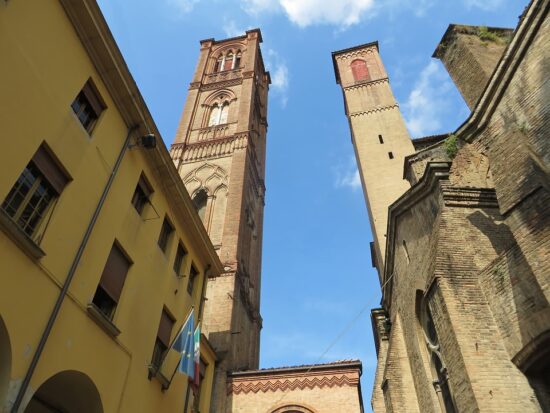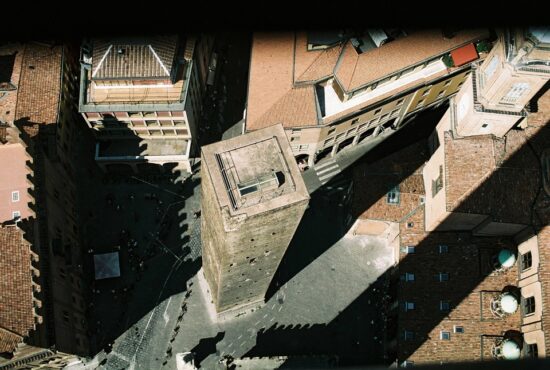Adolescence
The forming years of Adolescence in Bologna begin in 914 when the bishop of Bologna Giovanni is elected pope by the name of Giovanni X. The new pope was a cleric who had made his career based on his close relationship with Theodora a powerful and influential senatrix of Rome. In general John X was considered a good pope who re-approached the Byzantine Church ending the schism between the two churches. He stood against the aristocratic hold of the papacy and promoted a unified Italy under an imperial ruler but ended up being murdered for his efforts.
In the year 922, we have the first documentation of a count in Bologna. From what we know, the countryside escaped the control of the Bolognese count. In 962 Emperor Otto, I renews the promises made by Pepin and Charlemagne to the pope. Count Bonifacio, is referred to as the count of Bologna, owner of lands in Modena, Ferrara, and Bologna. Five years later Otto came through on his promise and Bologna was returned to the Pope but in essence, the emperor was still the one who acted as the ruler of the whole region.
In 969 Otto I confirms and strengthens the privileges of the Bolognese canons. In June of that same year in the presence of Otto I the dispute for the borders between Bologna and Modena for the respective dioceses is resolved. On the threshold of the year 1000, Bologna was in reality just a small village with a few thousand inhabitants and little contact with the outside world.
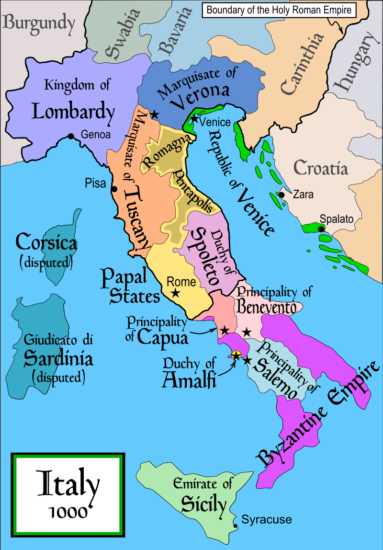
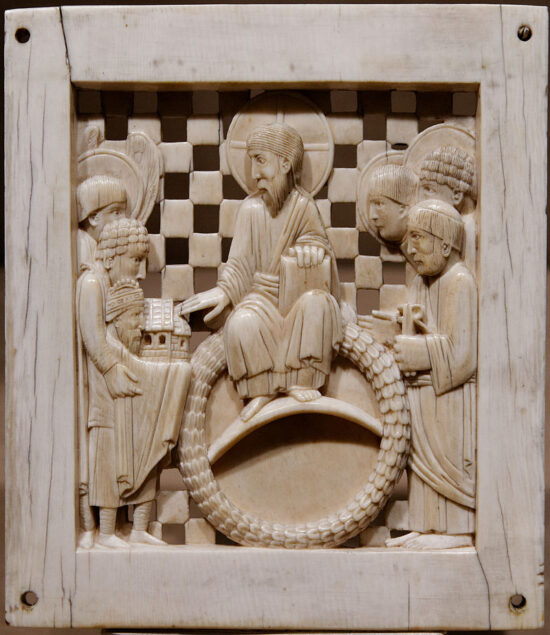
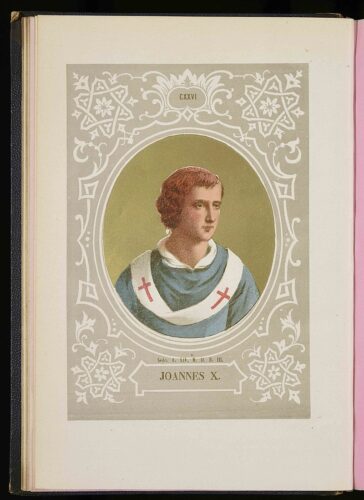
What led to Bologna’s resurrection and excellence over other cities, transforming it in a short time into a real medieval metropolis, was its University, which was officially founded around 1088. Compared to the universities founded later, on the initiative of some far-sighted rulers or by the will of some sovereign, the Bolognese one came about spontaneously after the initiative of some students, gathered in primitive forms of association, which dictated the purposes of the teaching and controlled its correct implementation.
The teachers, for their part, paid directly by the pupils, often welcomed the latter into their homes, establishing almost family relationships with them. Irnerius is erroneously remembered by most as the founder of the Alma Mater Studiorum.
The illustrious Bolognese magister, like many others, had already accumulated great experience in the secular teaching of the Liberal Arts (Grammar, Rhetoric, and Dialectic) and along with his colleagues, he was among the first to study and disseminate the Corpus Juris Civilis, a Roman legal text on which the teaching of the Bolognese legal system was based, as was later the entire legal system of modern Europe.
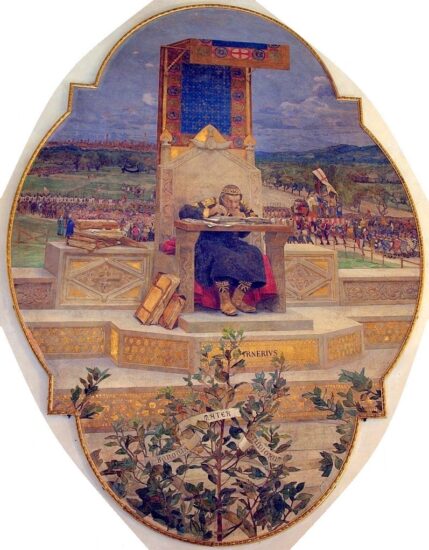
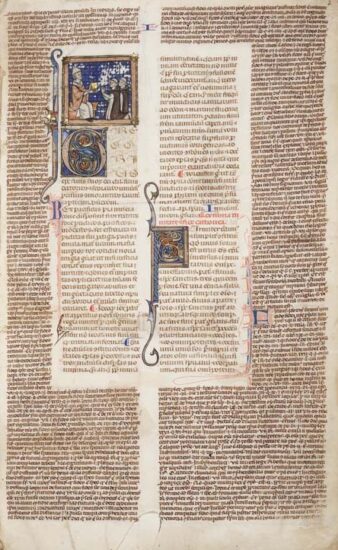
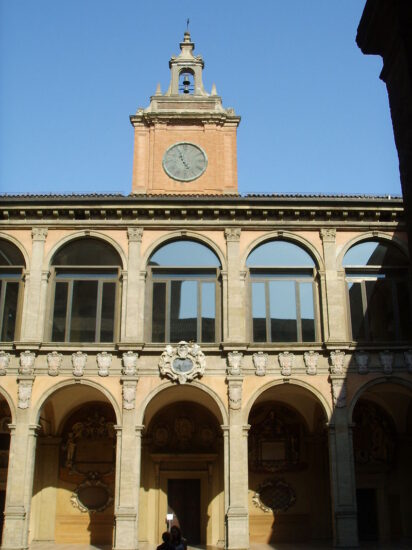
They were complex and revolutionary years, during which the static feudal worlds were shaken by the staggering birth of the Communes and their new social classes and by the increasingly precarious relations between the Empire and the Papacy. There was therefore a need to find legal solutions to order and manage this difficult rebirth, the affairs of the city and its new school, already famous and a great source of consultation.
The first university in Europe did not have a permanent location until the mid-16th century and the construction of the Palazzo dell’Archiginnasio where the Schools of the Legisti (Canon and Civil law) and Artisti (philosophy, medicine, mathematics, natural sciences, and physics) finally came under one roof.
11th century saw the rise of the Maritime republics of Venice, Genoa, and Pisa which competed with the Byzantines for their share in the naval trade with the East, gaining more power and wealth by the day. At the same time, the factional struggles that divided most Italian cities of the time also separated the Bolognese into pro-imperial and pro-papal favored the construction of noble towers in the heart of the city, which gave Bologna the characteristic face of a turreted city.
The towers, which can be counted at about eighty towards the middle of the thirteenth century, today have remained about twenty. The Torre Asinelli (tower) built in 1109 and the Torre Garisenda built in 1110 are two of the first and prime examples that stand to this day as symbols of the city.
